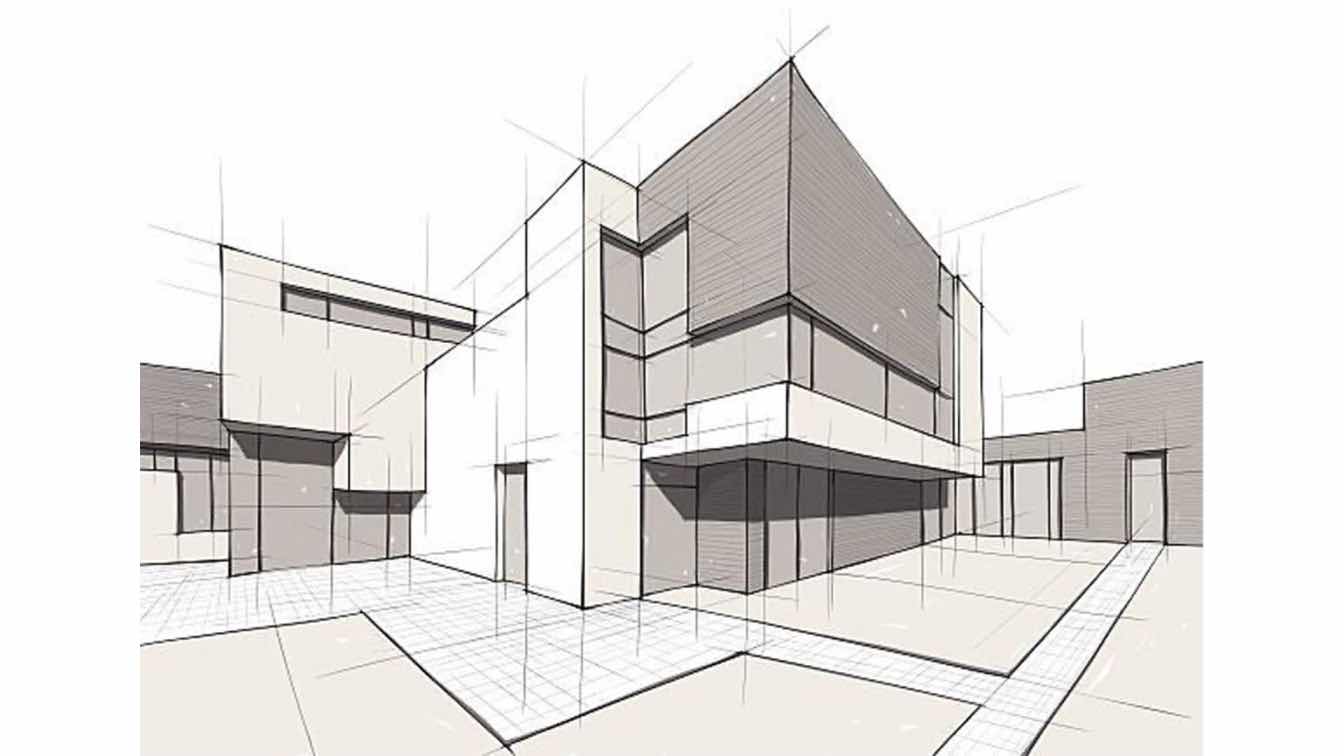Check Out Acclaimed Projects by Renowned CDA Architects
Check Out Acclaimed Projects by Renowned CDA Architects
Blog Article
A Comprehensive Summary of Building Styles and Their Influence on Modern City Preparation and Development
Building styles have actually long worked as a mirror to the social values and technical advancements of their time, playing an important function in forming modern city preparation and advancement. From the splendour of Neoclassicism to the practical method of Brutalism, each style has actually introduced special ideas that influence metropolitan visual appeals and capability. As modern challenges arise, consisting of sustainability and neighborhood demands, recognizing these historic frameworks becomes crucial. The resulting discussion not only notifies future design techniques yet likewise increases pertinent questions concerning the equilibrium between heritage and development in our evolving city landscapes.
Historical Introduction of Building Designs

As societies transitioned via the Middle Ages, Gothic design arised, defined by its verticality and detailed outlining, matching the spiritual aspirations of the era. The Renaissance noted a resurgence of classical perfects, combining art and design in innovative manner ins which affected succeeding styles throughout Europe.

Today, architectural designs remain to develop, driven by globalization and sustainability problems, reflecting a dynamic interaction in between heritage and innovation. This historical introduction emphasizes the importance of design as a mirror of social advancement and as a catalyst for metropolitan advancement.
Trick Architectural Styles Explained
The variety of architectural styles reflects the myriad impacts that shape our developed setting, each personifying distinct qualities and cultural importances. Secret building styles consist of Classic, Gothic, Baroque, Innovation, and Postmodernism, each standing for special historic contexts and visual ideologies.
Timeless style, rooted in old Greece and Rome, stresses proportion, percentage, and using columns (cda architects). In comparison, Gothic style, prospering between Ages, is identified by sharp arches, ribbed vaults, and flying buttresses, creating a spiritual top quality in basilicas. Baroque design, emerging in the 17th century, is noted by splendour, fancy decoration, and a dynamic interaction of light and darkness
Modernism, which got energy in the early 20th century, prioritizes function over form, making use of brand-new products like steel and glass to produce minimal frameworks. Postmodernism, reacting versus the austerity of Innovation, welcomes eclecticism and historical reference, often including spirited aspects and irony.

Influence on Urban Planning
In forming the development of cities, building designs considerably affect urban preparation choices. The choice of building design typically determines the aesthetic appeals, capability, and overall character of city environments. Modernism, with its emphasis on minimalism and capability, urges open spaces and the integration of innovation, forming city formats that prioritize efficiency and availability. Alternatively, typical styles may emphasize historical conservation, resulting in city styles that keep social heritage and promote pedestrian-friendly environments.
Additionally, architectural designs can impact zoning regulations and land use plans. Urban organizers have to take into consideration the prevailing architectural trends when designing districts, making certain that brand-new advancements harmonize with existing structures. This factor to consider cultivates natural city landscapes and enhances area identification.
The application of particular architectural designs can also affect socioeconomic variables within a city. For instance, high-end contemporary layouts might draw in wealthy homeowners and services, bring about gentrification, while much more budget-friendly housing solutions could prioritize practical and sustainable layouts to fit diverse populaces. Ultimately, the interplay in between building designs and metropolitan preparation produces vibrant cities that reflect both historical context and contemporary requirements, shaping the lived experiences of their occupants
Sustainability and Modern Architecture
Building styles play a pivotal function in addressing contemporary obstacles, particularly in the realm of sustainability. As urban locations increase and ecological worries magnify, modern-day style progressively accepts lasting style concepts that prioritize energy efficiency, source conservation, and marginal environmental impact.
Contemporary architectural activities, cda architects such as biophilic layout and eco-friendly architecture, advocate for structures that balance with their environments, making use of natural materials and promoting biodiversity. These styles usually incorporate renewable resource resources, such as photovoltaic panels and wind generators, to reduce reliance on fossil fuels and lower carbon footprints.
Additionally, the combination of innovative modern technologies, such as smart building systems, enhances energy management, optimizing resource usage while guaranteeing resident comfort. Ingenious water administration methods, consisting of rainwater harvesting and greywater recycling, additional add to sustainable metropolitan atmospheres.
Significantly, sustainability prolongs past ecological worries; it includes social and economic dimensions. By cultivating community well-being and advertising inclusivity, modern-day building styles align with lasting growth objectives. As a result, the advancement of architectural techniques remains to shape resilient cities that not just satisfy the demands of the existing however additionally secure the future for generations to come.
Neighborhood Engagement in Layout
Neighborhood engagement in layout acts as an essential bridge in between architects and the populaces they offer, ensuring that the constructed setting reflects the needs and aspirations of its individuals. This collective procedure welcomes community participants to contribute their understandings and preferences, cultivating a sense of ownership and duty towards the areas they inhabit.
Reliable community engagement utilizes numerous methods, such as workshops, surveys, and public forums, to gather diverse point of views. These strategies assist in a two-way discussion, allowing designers to understand neighborhood contexts while equipping homeowners to voice their worries and needs. This inclusivity not only enhances the style top quality but likewise advertises social equity by attending to the special obstacles faced by marginalized groups.
Additionally, area interaction can result in innovative remedies that may not emerge in a traditional design process. By incorporating neighborhood understanding and social worths, architects can create spaces that resonate even more deeply with individuals, boosting use and sustainability. Ultimately, prioritizing community her comment is here engagement in style processes results in settings that support social communications, assistance well-being, and strengthen area ties, thus playing a critical function in forming contemporary city landscapes.
Conclusion
Architectural designs have actually exceptionally affected contemporary city planning and development, mirroring evolving social and technological contexts. As cities proceed to grow and adapt, the continuous dialogue in between architectural heritage and modern-day design principles will certainly remain a fantastic read important in creating comprehensive, dynamic areas that boost high quality of life and advertise social equity.
Report this page